- Home
- Articles
- Architectural Portfolio
- Architectral Presentation
- Inspirational Stories
- Architecture News
- Visualization
- BIM Industry
- Facade Design
- Parametric Design
- Career
- Landscape Architecture
- Construction
- Artificial Intelligence
- Sketching
- Design Softwares
- Diagrams
- Writing
- Architectural Tips
- Sustainability
- Courses
- Concept
- Technology
- History & Heritage
- Future of Architecture
- Guides & How-To
- Projects
- Interior Design
- Competitions
- Jobs
- Store
- ToolsNew
- More
- Home
- Articles
- Architectural Portfolio
- Architectral Presentation
- Inspirational Stories
- Architecture News
- Visualization
- BIM Industry
- Facade Design
- Parametric Design
- Career
- Landscape Architecture
- Construction
- Artificial Intelligence
- Sketching
- Design Softwares
- Diagrams
- Writing
- Architectural Tips
- Sustainability
- Courses
- Concept
- Technology
- History & Heritage
- Future of Architecture
- Guides & How-To
- Projects
- Interior Design
- Competitions
- Jobs
- Store
- ToolsNew
- More
From Blueprints to Beautiful Spaces: Creating a Photobook of Your Architecture Journey

Architecture is poetry in concrete and steel, and every project tells its own unique story. Whether you’re a student documenting your designs or a professional showcasing your portfolio, a custom-made photobook transforms your architectural journey into a compelling narrative.
Table of Contents
TogglePlanning Your Architecture Photobook
Start with the end in mind – your photobook should tell a coherent story from concept to completion. Consider organizing your projects chronologically or thematically. Each project deserves its own chapter, flowing naturally from initial sketches to final photographs.
“Architecture is the learned game, correct and magnificent, of forms assembled in the light.” – Le Corbusier
The beauty of platforms like Mixbook lies in their flexibility to handle both technical drawings and artistic shots. Before diving in, gather your materials:

- Project Documentation
- Initial concept sketches
- Design development drawings
- Technical specifications
- Material samples and swatches
- Site analysis photos
- Construction progress shots
Essential Elements to Capture
Your architectural photobook should balance technical precision with artistic vision. Include these key components:
- Design Development
- Hand sketches showing initial ideation
- 3D renderings and visualizations
- Material palette evolution
- Structural system diagrams
- Site context studies
- Environmental analysis
Create dedicated spreads for pivotal moments in each project – the breakthrough sketch that solved a design challenge, or the moment when 2D drawings transformed into 3D reality.
Technical Details Matter
While beautiful photos are essential, don’t forget the technical aspects that make architecture unique. Include:
- Scale references in your photos
- Detail drawings of innovative solutions
- Construction sequences
- Technical specifications that influenced design
- Sustainability features and their implementation
“Details are not details. They make the product.” – Charles Eames
Consider creating overlay pages where technical drawings can be superimposed on finished photographs, showing the journey from paper to reality.
Creative Layout Approaches
Your photobook’s design should reflect architectural principles. Use white space deliberately, create rhythm through repetition, and establish hierarchy in your layouts. Some effective approaches:
- Contrast pages: juxtapose before/after shots
- Process spreads: show evolution through multiple images
- Detail focus: zoom from whole to part
- Context studies: site relationship documentation
- Material studies: texture and pattern exploration
When using Mixbook, take advantage of panoramic spreads for wide architectural shots and consider using fold-out pages for important drawings or site plans.

Finishing Touches
The final touches make your photobook truly professional:
- Include a project index with key information
- Add captions explaining design decisions
- Create a consistent labeling system
- Reference materials and collaborators
- Document project specifications
Remember, your photobook is both a personal record and a professional tool. Make it thorough enough to tell the complete story, yet concise enough to maintain interest. Like architecture itself, the best photobooks find that perfect balance between function and form.
Your architectural journey deserves to be documented with the same care you put into your designs. Let each page reflect the thoughtful process behind every architectural decision, creating a lasting testament to your creative vision.
illustrarch is your daily dose of architecture. Leading community designed for all lovers of illustration and #drawing.
Submit your architectural projects
Follow these steps for submission your project. Submission FormLatest Posts
Essential Home Maintenance Tasks You Can’t Afford to Ignore
Owning a home comes with its share of responsibilities, chief among them...
Outdoor Elegance: How Landscaping Enhances Your Home
The outdoors can feel as inviting as your living room when you...
Tips to Create a Luxury Living Room
There are moments when we naturally gravitate toward luxury, as it offers...
Blending Function And Beauty: The New Era Of Home Design
Home design is undergoing a remarkable transformation. Homeowners are looking for designs...







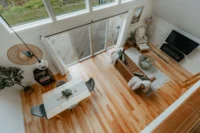
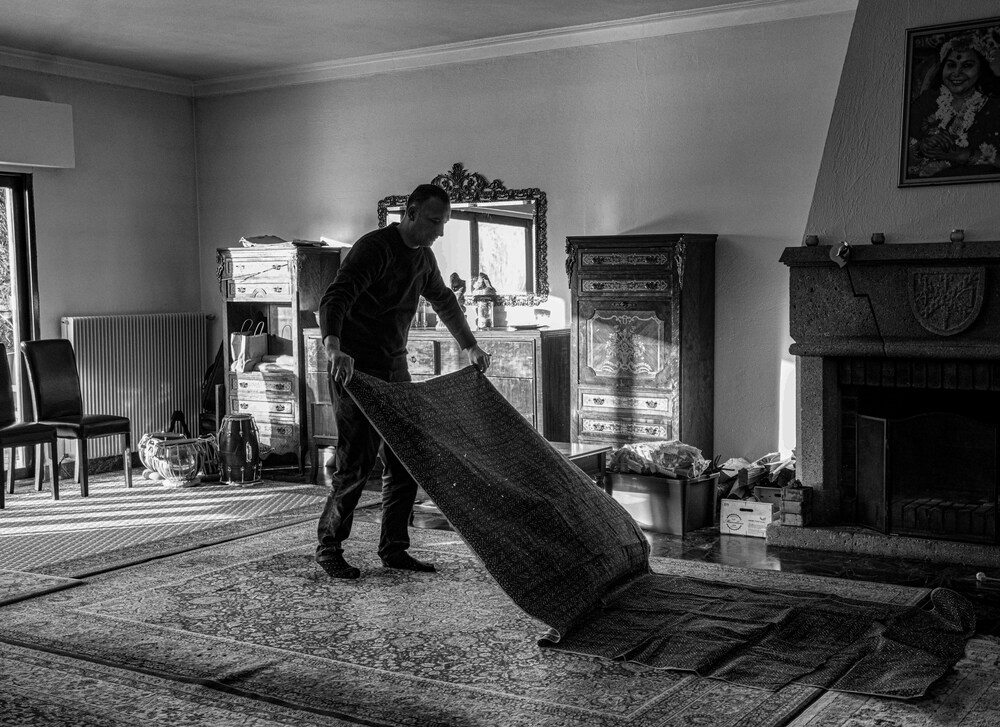
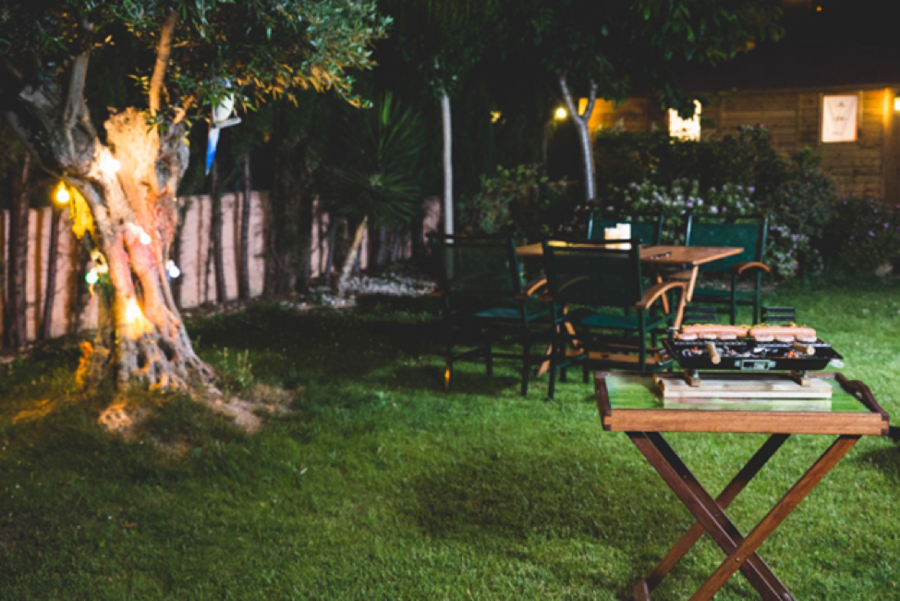
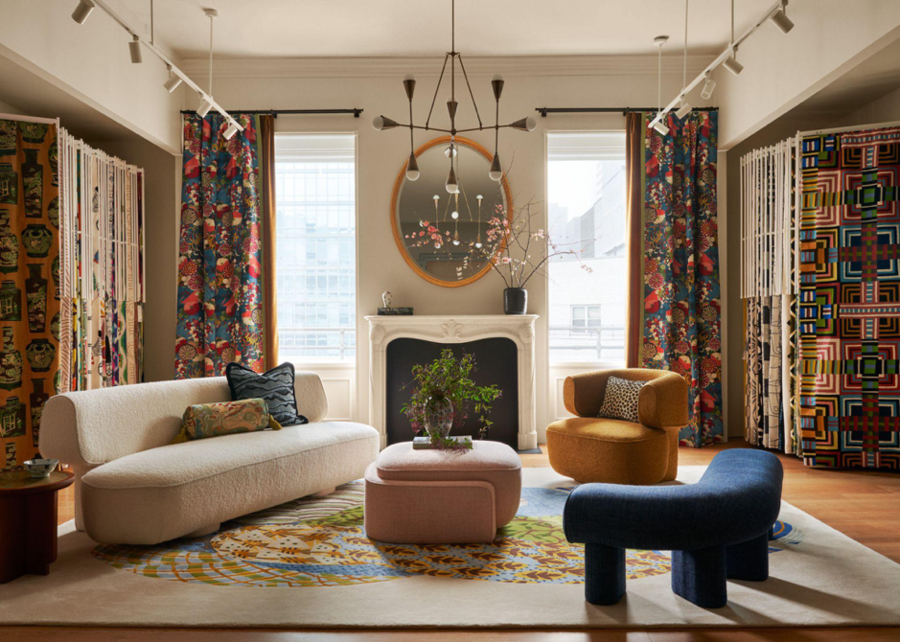
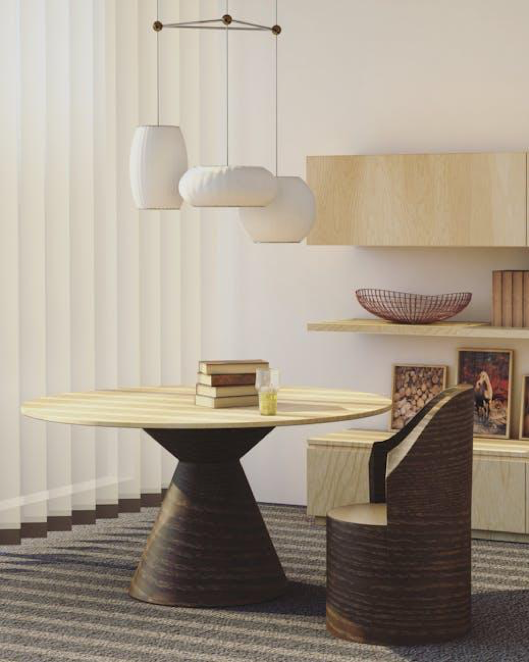
Leave a comment